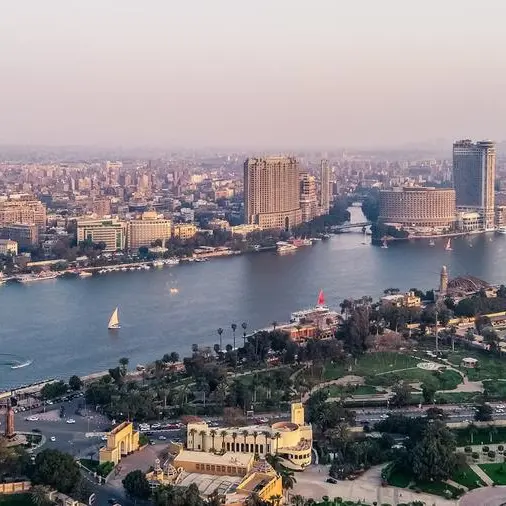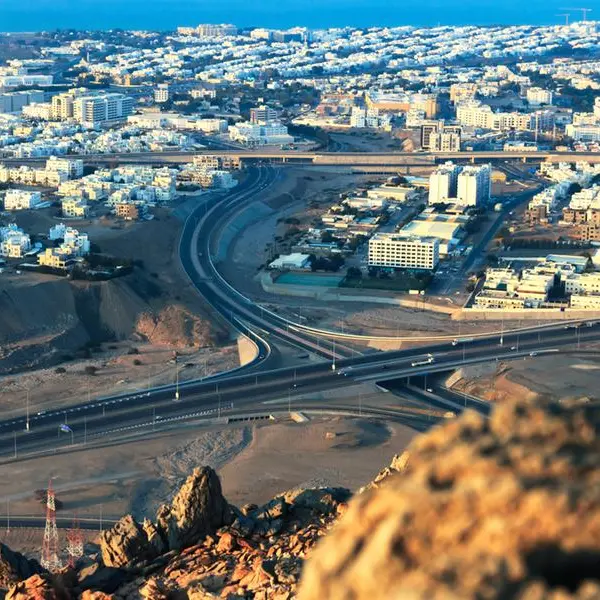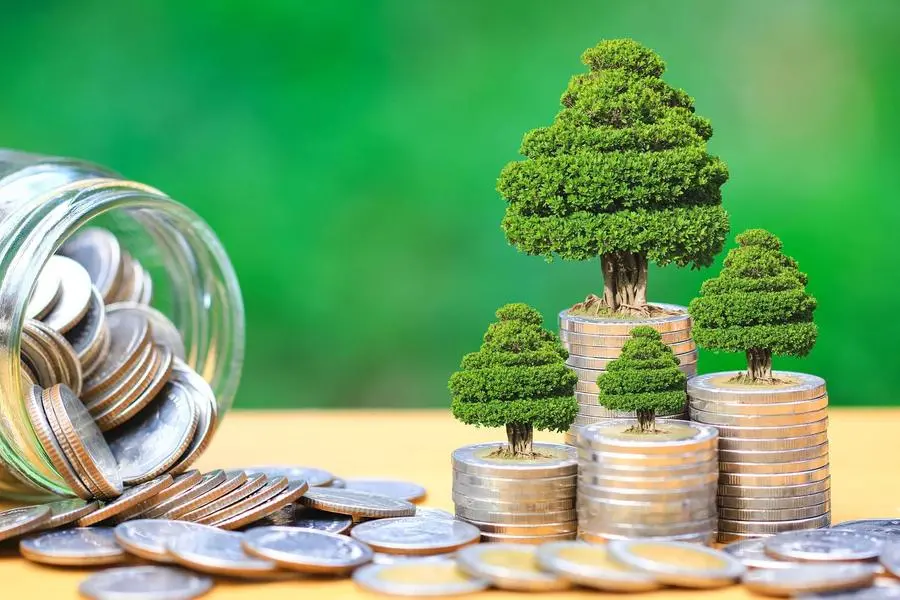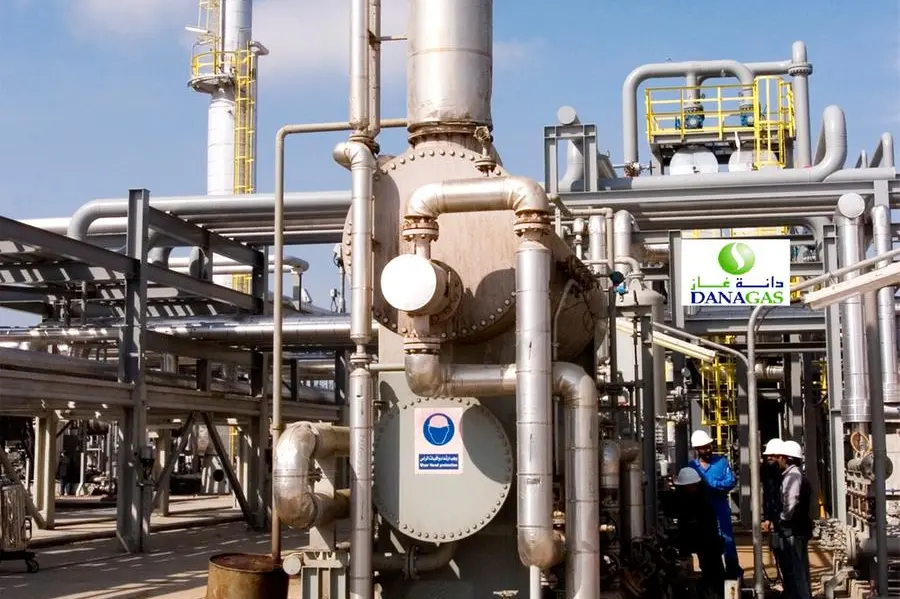PHOTO
(The author is a Reuters Breakingviews columnist. The opinions expressed are his own.)
GLASGOW - COP26 is finally over. Green lobbyists have already dismissed the global climate shindig organised by the United Nations as a dismal failure, and even fans of the new Glasgow Climate Pact would concede it is full of holes. The question for investors, though, is whether or not corporate greenwashers and climate change laggards will be emboldened by Glasgow’s shortcomings.
What might be called the “Bad COP” case is straightforward. Humans must halve 50 billion tonnes of annual greenhouse gas emissions by 2030 for the planet to stay within a so-called carbon budget of around 500 billion tonnes and restrict global warming to a less-damaging 1.5 degrees Celsius above pre-industrial levels. At a minimum the biggest emitters with unclear short-term plans, like China and India which together represent a third of global greenhouse gas emissions, could have been expected to explain how they get there.
That didn’t happen. India did say its emissions would fall to net zero by 2070, but neither it nor China gave new absolute reduction targets for 2030. COP26 President Alok Sharma’s mantra has been to “keep 1.5 degrees alive”. But following Saturday’s last-minute watering-down of the text by India, Sharma was at one point moved to tears and said the target’s pulse was weak. Even with new pledges at the conference, Climate Action Tracker warns nations’ 2030 emissions reduction targets imply warming of 2.4 degrees Celsius by 2100.
NOT ENOUGH CASH
A narrow assessment would accuse India and China of insufficient ambition. A wider one would say that most developing economies see climate change as a problem originally caused by the carbon emissions belched out by rich nations that already industrialised. They wanted the West to cough up financial assistance for emerging economies to decarbonise their energy systems and to adapt to already apparent damaging climate change. They also wanted compensation for ravages that are already occurring. The Glasgow Climate Pact largely flunks this challenge.
BlackRock reckons emerging economies need $1 trillion in public and private cash annually to install the necessary wind turbines and solar power and displace fossil fuel plants that are a relatively bigger chunk of their economies, plus finance adaptation. Instead, rich countries have pledged only $100 billion annually, to be hit three years after the original 2020 deadline. The majority of the $80 billion currently advanced for both mitigation and adaptation is loans not grants, and a big chunk of that is at pricier-than-market rates.
Cheerier delegates point to the fact that the Glasgow Climate Pact pledges to double the funds currently used for adaptation to $40 billion. That’s good, but UN Secretary-General Ant?nio Guterres warned in July that the world actually needs $300 billion a year. And on compensation, Glasgow merely pledges a dialogue between rich and poor states instead of the latter’s wish for a financing facility.
DOWN AND OUT
Given all that, the real question was not whether China and India would set clearer net zero targets, but whether any sort of agreement was possible at all. The worst-case scenario of no accord was, at least, avoided. Yet financiers at COP26 were antsy about a second Donald Trump presidency in 2024. A U.S. National Intelligence Council note published before the conference foretold a dark future where climate change becomes increasingly destabilising, countries retreat into themselves to help their own populations, and tensions over resources and migration escalate.
Efforts by the UK government hosts to keep 1.5 degrees Celsius alive therefore hinged on being able to lay down placeholders that imply future action on the part of big emitters like China and India, rather than explicitly stating what they would be. So instead of a firm pledge by Beijing to move forward a national peak of emissions to 2025 instead of 2030, Beijing and Washington agreed in a Wednesday pact that Beijing would “phase down” coal in the second half of the decade.
China and America will commit to “accelerated action in the 2020s” to try to make their economies more aligned to the 1.5 degrees target, and along with other COP countries revisit their 2030 emissions cut pledges in 2022. India’s last-minute intervention on Saturday changed a requirement to “phase out” to the milder “phase down” terminology. The upshot is that China isn’t pushing harder than it already was pre-COP, but neither will it find it easy to do nothing. And even though the language was watered down and the path to removing coal from the global power sector by the required 2040 deadline remains utterly opaque, fossil fuel mitigation has never before featured in a COP document.
BRIGHTER SPOTS
The China-U.S. pact may sound unimpressive, but it’s key to preserving the confidence of private investors who will fund the majority of decarbonisation. Members of one of COP26’s highest-profile achievements, the $130 trillion of bank, insurer and fund management assets now signed up to a 1.5 degrees Celsius pathway under the Glasgow Financial Alliance for Net Zero, are more likely to take their pledges seriously. Western groups with big China businesses, like Volkswagen, which spurned an invitation to join a COP26 pledge to phase out petrol car sales by 2040, may rethink their stance.
Another unexpected bright spot is a framework for global carbon markets. Enabling countries that have ways to remove carbon from the air via plentiful rainforests to trade emissions credits with heavy-emitting countries may be a way to help the former raise money to adapt to climate change and the latter to reach net zero. Yet done badly, scaling up these markets from current modest levels to up to as much as 12 billion tonnes, over a fifth of current greenhouse gas emissions, raises the risk of buyers purchasing greenwash-tinged credits enabling carbon reductions that would have happened anyway.
Given it imports around 300 million tonnes of more dubious older credits into the new system, the Glasgow Climate Pact doesn’t guarantee the carbon market will work properly. But contrary to some flakier suggestions doing the rounds, it offers relatively robust language on ensuring that a buyer and seller can’t count the same credit twice. Recent efforts by Standard Chartered CEO Bill Winters to scale up this market now have a high standard to adhere to, making it more likely carbon credits can be a help rather than a hindrance for climate change.
GOOD COP OR BAD COP
During COP26’s finance summit in week one, there were mutterings from senior U.S. financiers that they might go slow on funding fossil fuel retirement as a Trump redux hedge. Wednesday’s U.S.-China pact, plus theoretical commitments to sped-up 2020s decarbonisation in the final agreement, should help these remain in the background. Still, in the plenary session on Saturday New Zealand’s delegate described COP26’s endgame as the “least-worst outcome”. That’s probably about right.
CONTEXT NEWS
- U.N. climate talks ended Saturday with a deal that for the first time targeted fossil fuels as the key driver of global warming, even as coal-reliant countries lobbed last-minute objections.
- India, backed by China and other coal-dependent developing nations, rejected a clause calling for the “phase out” of coal-fired power. After a huddle between the envoys from China, India, the United States and European Union, the clause was amended to ask countries to “phase down” their coal use.
- India’s environment and climate minister, Bhupender Yadav, said the revision reflected the “national circumstances of emerging economies.”
- “We are becoming the voice of the developing countries,” he told Reuters, saying the pact had “singled out” coal but kept quiet about oil and natural gas.
- UK climate envoy Alok Sharma’s voice broke with emotion in response to vulnerable nations’ expressing anger over the last-minute changes.
- “I apologise for the way this process has unfolded,” he told the assembly. “I am deeply sorry.”
(The author is a Reuters Breakingviews columnist. The opinions expressed are his own.)
(Editing by Rob Cox and Katrina Hamlin) ((For previous columns by the author, Reuters customers can click on HAY/ SIGN UP FOR BREAKINGVIEWS EMAIL ALERTS https://bit.ly/BVsubscribe | george.hay@thomsonreuters.com; Reuters Messaging: george.hay.thomsonreuters.com@reuters.net))





















